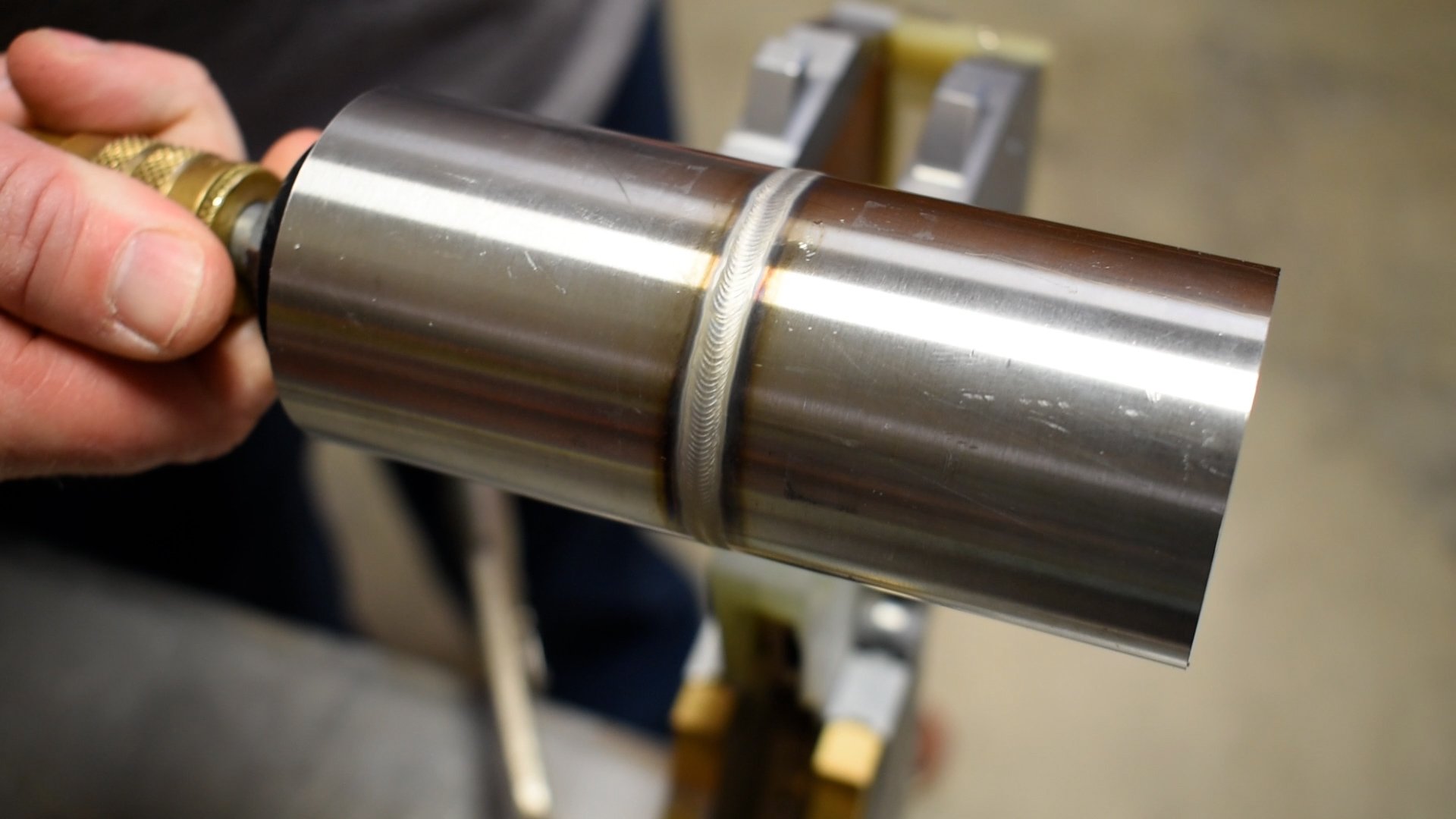Preventing Weld Undercut Made Easy: Key Techniques Introduced
Preventing Weld Undercut Made Easy: Key Techniques Introduced
Blog Article
Mastering the Art of Welding: Exactly How to Avoid Undercut Welding Issues for Flawless Construction Results
Performance and accuracy are extremely important on the planet of welding, where even the tiniest imperfection can compromise the architectural integrity of a made item. One usual challenge that welders face is undercutting, a problem that can lead and weaken a weld joint to costly rework. By recognizing the root triggers of undercut welding and implementing effective strategies to avoid it, welders can elevate their craft to brand-new levels of excellence (Preventing weld undercut). In the pursuit of perfect construction outcomes, understanding the art of welding to prevent undercut problems is not simply an ability but a requirement for those pursuing excellence in their work.
Comprehending Undercut Welding

To protect against undercut welding, welders need to make sure proper welding specifications, such as adjusting the existing, voltage, travel speed, and preserving the appropriate electrode angle. Additionally, making use of the ideal welding strategy for the specific joint arrangement is crucial. Utilizing weaving movements or backstepping strategies can help make sure appropriate weld steel deposition and reduce the chance of undercut formation. Routine inspection of welds during and after the welding process is also critical to catch any kind of undercut very early and make essential changes to avoid more defects. Preventing weld undercut. By understanding the root causes of undercut welding and implementing safety nets, welders can attain high-quality, structurally audio welds.
Sources Of Undercut in Welding
Recognizing the variables that contribute to damage in welding is crucial for welders to create premium, structurally sound welds. Inadequate welding current or incorrect welding rate can likewise add to undercut. Understanding these causes and executing proper welding techniques can help protect against undercutting problems, making sure strong and long lasting welds.
Methods to stop Undercutting

To reduce the threat of undercutting in welding, welders can utilize critical welding methods intended at boosting the quality and honesty of the weld joints. In addition, utilizing the proper welding technique for the specific joint arrangement, such as weave or stringer beads, can contribute to decreasing undercutting.
Employing back-step welding techniques and managing the weld bead account can here are the findings also assist distribute warmth evenly and lessen the risk of undercut. Regular assessment of the weld joint during and after welding, as well as executing high quality guarantee procedures, can assist in discovering and addressing undercutting issues immediately.
Significance of Appropriate Welding Criteria
Selecting and preserving appropriate welding specifications is necessary for attaining effective welds with marginal problems. Welding specifications refer to variables such as voltage, current, travel rate, electrode angle, and shielding gas circulation price that directly affect the welding process. These parameters must be very carefully adjusted based on the sort of material being welded, its density, and the welding technique employed.
Correct welding criteria make certain the appropriate amount of heat is related to melt the base steels and filler product uniformly. If the criteria are set too expensive, it can lead to excessive warmth input, causing spatter, burn-through, or distortion. On the various other hand, if the criteria are too low, insufficient combination, lack of infiltration, or damaging might happen.
Quality Control in Welding Procedures

Final Thought
In verdict, mastering the art of welding requires a detailed understanding of undercut welding, its causes, and strategies to avoid it. By ensuring proper welding criteria and applying quality control methods, flawless fabrication results can why not try this out be achieved. It is important for welders to consistently make every effort for excellence in their welding operations to prevent undercut issues and produce top quality welds.
Undercut welding, an usual problem in welding procedures, occurs when the weld metal does not appropriately fill up the groove and leaves a groove or clinical depression along the bonded joint.To prevent undercut welding, welders need to ensure correct welding parameters, such as changing the current, voltage, traveling rate, and keeping the correct electrode angle. Insufficient welding existing or incorrect welding speed can likewise contribute to undercut.To mitigate the threat of undercutting in welding, welders can employ tactical welding strategies aimed at enhancing the high quality and integrity of the weld joints.In final thought, grasping the art of welding calls for a comprehensive understanding of undercut welding, its reasons, and techniques to prevent it.
Report this page